A little earlier than expected, the foxgloves that started growing last year after we'd coppiced have now started flowering:
There's only a few our so far, and the size varies a lot at the moment, from the tall to the short:
The flowers are stunning though, this is the first time I've tried getting some close-up photos of them.
When this whole bank of them is flowering, it's going to look amazing:
The buttercups are out in force now as well, and this time I managed to get a picture of one without too much of the petals being overexposed:
In an earlier post I had pictures of a plant some readers thought was pignut. Well, I can confirm it is, after taking a better pic of the flowers, and also some of the leaves:
We had some visitors come to walk round and see the effects of the coppicing this weekend, and there was plenty of insect life for them to see. The Peacock butterflies are looking a bit sorry for themselves, as these are ones that have hibernated through the winter:
But there were some healthier looking Green Veined Whites around:
and a Long Horned Moth was ID'd for us:
I'm sure someone said this dragonfly was a Chaser, but I forget the exact name...
and I've no idea what this little guy is:
I'm not great on caterpillar ID either, but here's some pics anyway. I'm going on a course to learn more about caterpillars in a couple of weeks, so maybe I'll improve...
That's all for now. We'll be up in the woods again soon to see how the foxgloves are getting on...
Mike

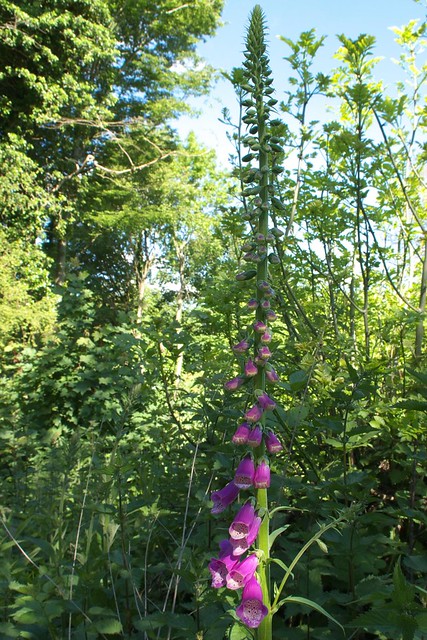
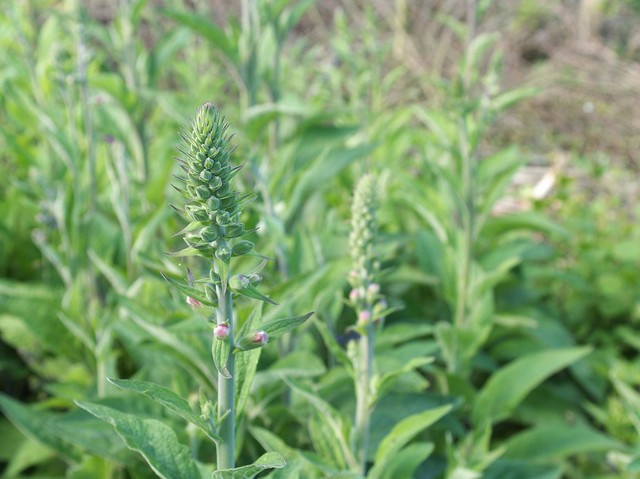
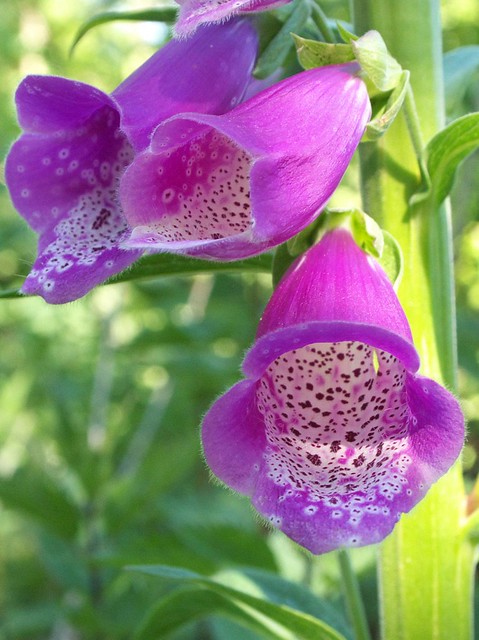
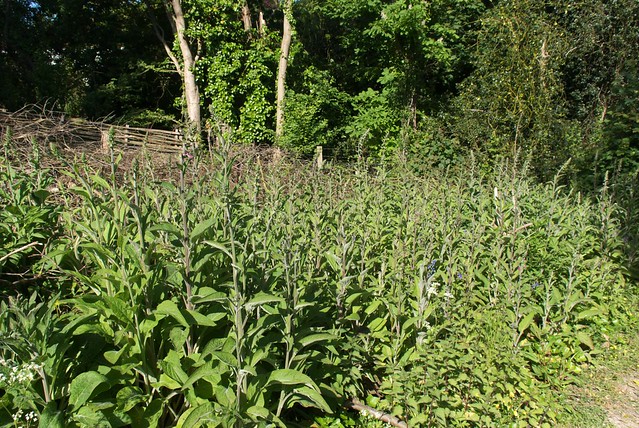
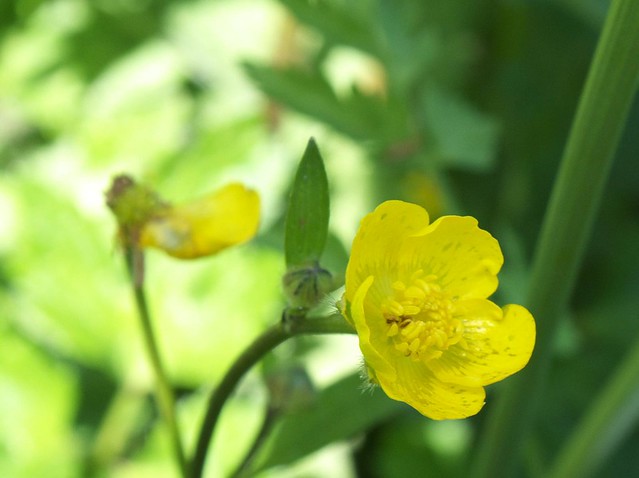


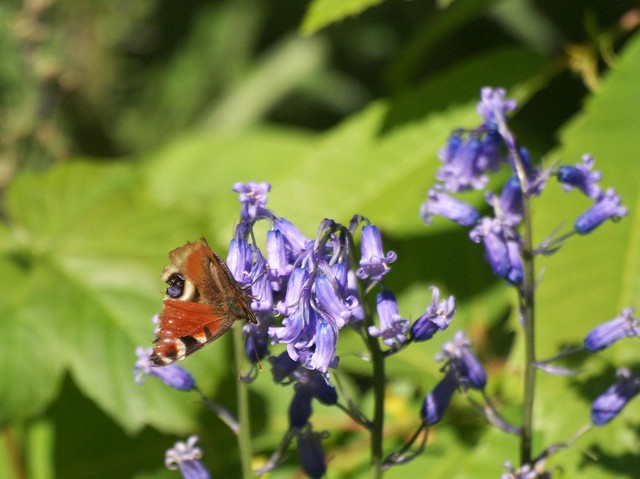
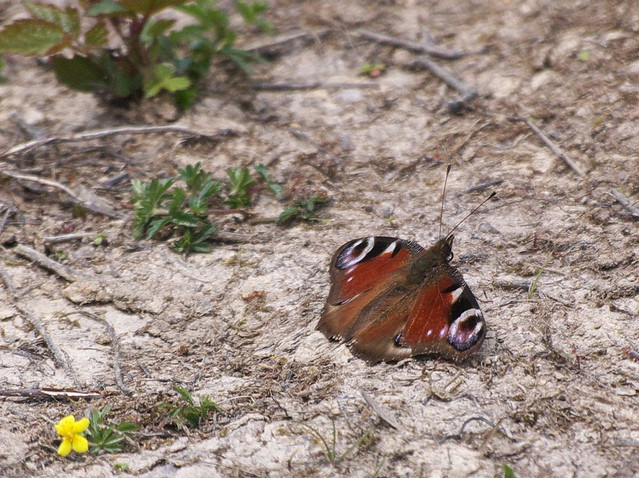

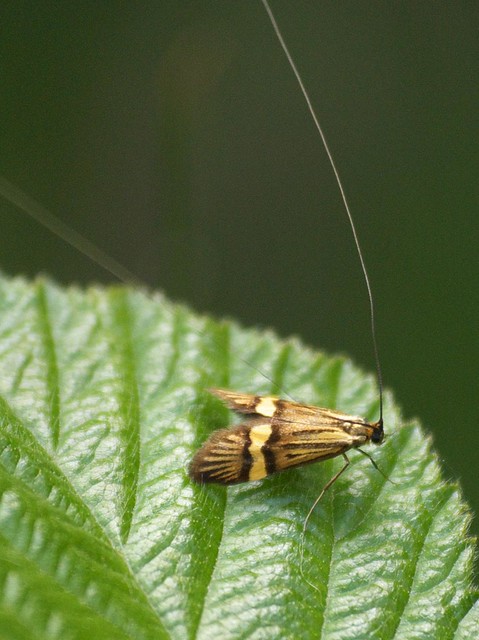
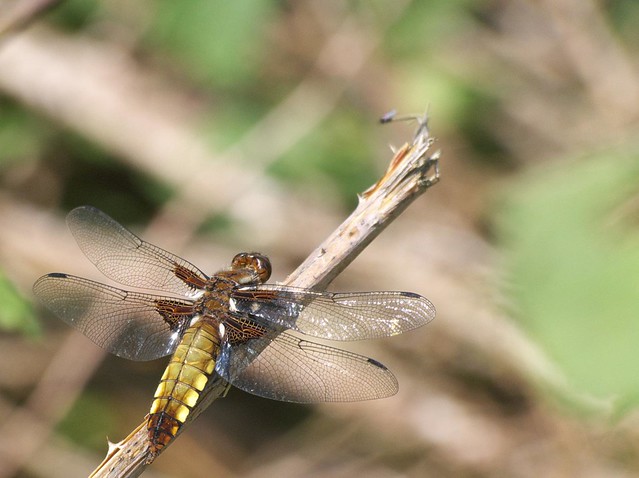
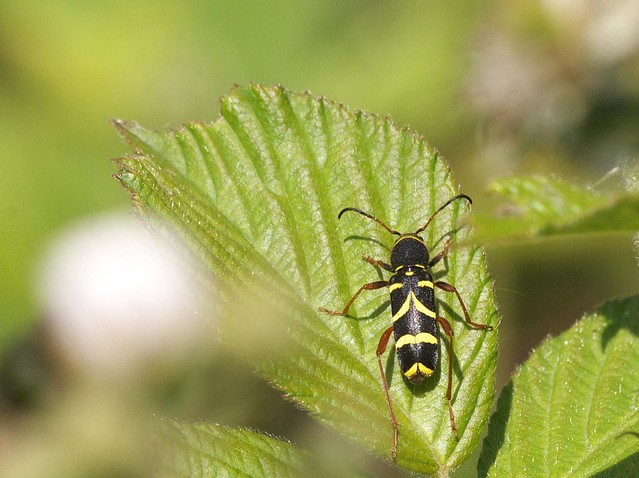

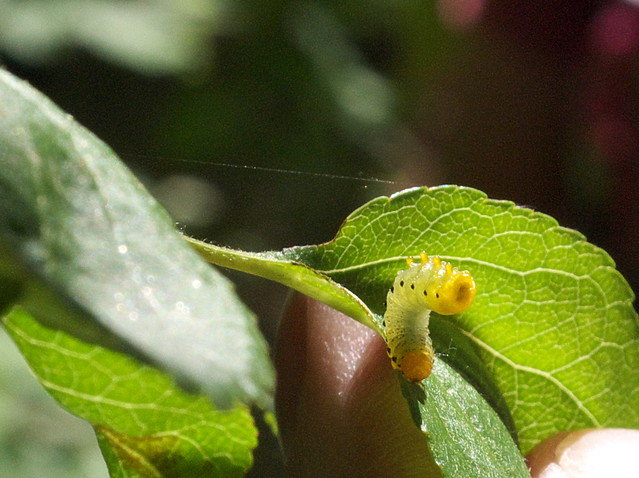

2 comments:
Excellent Bug pictures Mike.
The "Chaser" is a female Broad Bodied Chaser - Libellula depressa. Females and immature males have this yellow/brown abdomen but they are on the wing from April so it would be mature and bright blue by now, if it was male. The yellow spots along the side of the abdomen are indicative of species, both sexes have them.
Your Longhorn is a Wasp Beetle - Clytus arietis. It is called that because it looks just exactly like a wasp. I am talking about the black beetle with yellow stripes. Squint!
The next caterpillar is the Vapourer Moth - Orgyia antiqua. A couple of interesting things, the adult female is flightless and they feed on Birch. That picture is particularly good.
I don't recognise the last one.
Thanks Much! I should take more time to ID all these things, but there are just so many and so much to do...
Post a Comment